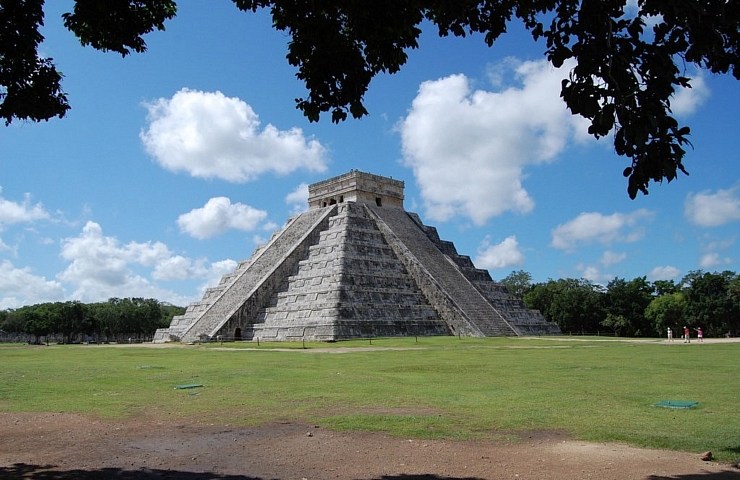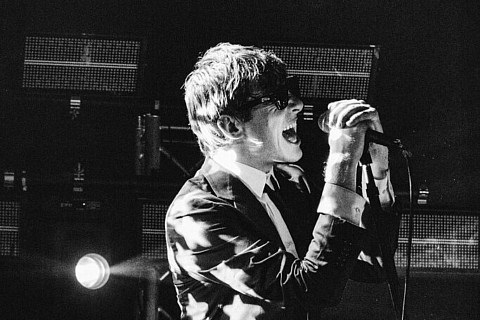The Houston Museum of Natural Science in collaboration with the Houston Society of the Archaeological Institute of America hosted a lecture last month titled, “Maya Ritual Secrets Revealed: Sacrifice, Divination, and Astronomy.” The lecture featured Tomás Gallareta Negrón, a Ph.D. professor from Instituto Nacional de Antropología e Historia, Mexico who specializes in the archaeological sites of the Mayas.
Gallareta’s lecture featured a slide show of images taken at various Mayan sites in the Yucatan peninsula. He focused his lecture with a basic question common to those who study pre-Columbian societies: Why did the Mayas perform blood sacrifices? Gallareta’s answer: To reinforce social and political order.
Through a series of slide images, Gallareta showed key sites and structures of the Mayas. The Mayas designed such sites often to align with the equinoxes and solstices. On one Mayan pyramid, during the solstice the shadows form a trailing serpent along one of the stairs on the pyramid. At a different site, during the equinoxes, the sun and moon shine through an open passage directly centered in the temple. Gallareta argued that the Mayans aligned the temples to these important dates because they had an agricultural-based economy and society, and therefore it was important to keep track of time.
He also showed murals depicting games, rituals and ceremonies that tied into the Mayan mythology. Many of these murals depicted sacrifices, world trees and self-mutilation. Gallareta believes that the blood-letting and the sacrifices tie together in the mytho-poetic mindset of the Mayas.
“It’s like the idea of death and rebirth that’s basically the main idea,” Gallareta said. “Basically, the blood is the power the divine power, so it was like (the king) impregnated everything with that power, so becoming everything sacred and reenacting all the mythology related with the hero…in order to be born you have to die.”
Now we’re getting somewhere with the sacrifice, and it wasn’t just enemies that got the knife. Children could also become sacrificial targets. But this was no random sacrificing of people, it is a part of their concept of death and rebirth. By dying, the sacrificed becomes a symbol of the endless cycle of life and death.
“Talking about ideology is in some way like jumping a triple mortal jump without a net—going from facts to ideology,” Gallareta said. “It’s a challenge just to realize that we need to learn a little bit more, in order to fully understand.”
When asked about what Mayan ritual he likes most, Gallareta responded honestly.
“You know the blood letting rituals are really amazing. They impact you when you see them for the first time,” Gallareta said.
Finally, after introducing us to the fundamental rituals, Gallareta showed us how the Mayan culture lives on today in the post-Columbian Americas. The world tree transforms into a cross, and the ritual ceremonies that honor the dead come down to us as holidays such as the Day of the Dead. One photo shows a table honoring the deceased with a cross made out of a twig standing in the center of the table, surrounded by handcrafted bowls representing the five cardinal points expressed in Mayan mythology: North, South, East, West, and Central.
Despite the current monotheism, the Yucatan peninsula still practices cultural rituals that originally come from pagan Mayas. It shows that even when cultures come and go, some elements always remain, albeit in unique and fascinating ways.





Recent Comments